| Availability: | |
|---|---|
| Quantity: | |
| Product Name | 13mm neodymium magnet |
| Material | Neodymium (Nd), Iron (Fe), and Boron (B) |
| Size | Customized size |
| Shape | Customized (block,Disc,Cylinder, Bar, Ring,Arc,Countersunk, Segment, hook) |
| Coating | Customised (Ni, Zn, Epoxy, Gold, etc.) |
| Size tolerance | ±0.05mm for diamater / thickness, ±0.1mm for width / length |
| Density | 5.6-8.8g/cm³ |
| Magnetization | Thickness Magnetized, Axially Magnetized, Diametrally Magnetized |
| Applications | Neodymium(NdFeB) Magnet are widely used in many fields, such as motors, sensors,microphones, wind turbines, wind generators,printer, switchboard, packing box , loudspeakers, magnetic separation, magnetic hooks, magnetic holder, magnetic chuck, ect. |
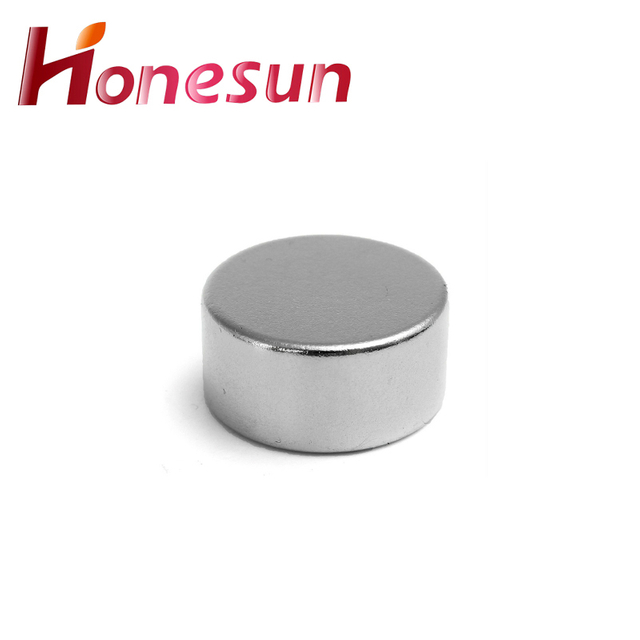
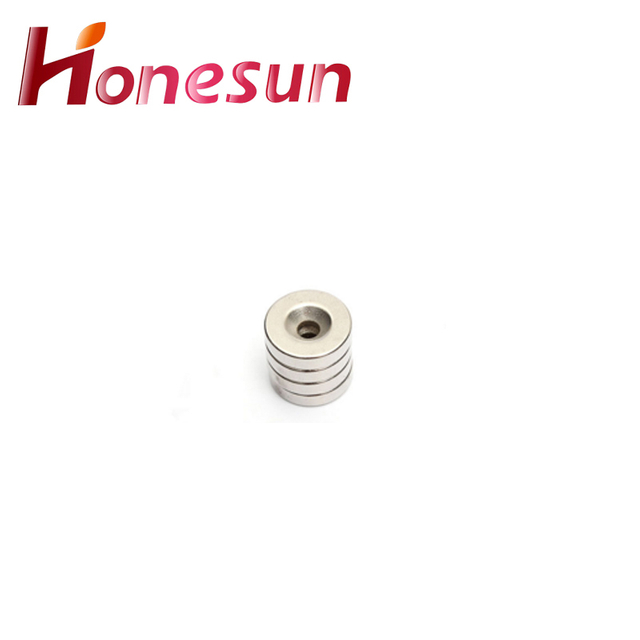
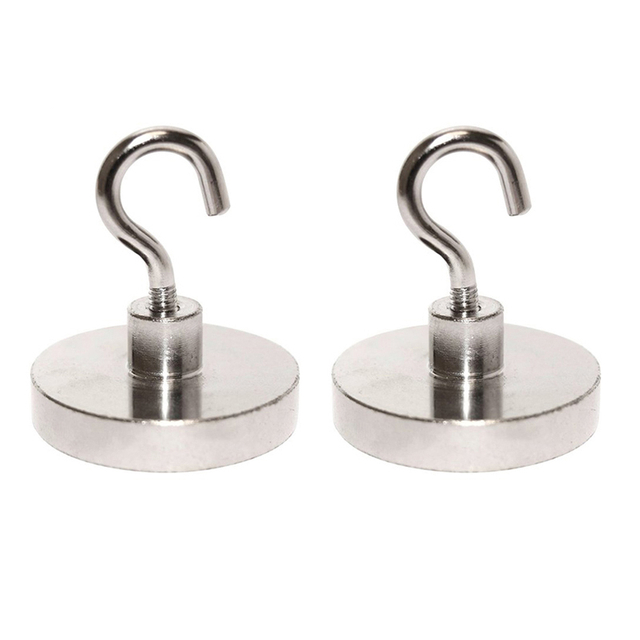
1.How do you recycle 13mm neodymium magnet?
We focus on our customers' needs and strive to meet their expectations, so we take this very seriously. Neodymium magnets are not typically recycled, as they are made from rare earth metals and are difficult to separate and process. It is best to reuse them or donate them to a local school or organization that can use them.
2.About 13mm neodymium magnet origin
Neodymium magnets, also known as rare earth magnets, are the strongest type of permanent magnet available. They were first developed in the 1980s by General Motors and Sumitomo Special Metals. Neodymium magnets are composed of an alloy of neodymium, iron, and boron, and are used in a wide variety of applications, including motors, generators, hard drives, and speakers.
3.Can 13mm neodymium magnet be used for magnetic data storage?
No, neodymium magnets cannot be used for magnetic data storage. Neodymium magnets are too weak to store data reliably. Magnetic data storage requires much stronger magnets, such as rare earth magnets.
4.What is the manufacturing process for 13mm neodymium magnet?
Our 13mm neodymium magnet products undergo strict quality control to ensure customer satisfaction. 1. Raw Material Preparation: Neodymium magnets are made from an alloy of neodymium, iron, and boron. The raw materials are melted together in a vacuum induction furnace to create a homogenous alloy. 2. Compacting: The molten alloy is then poured into a die and compacted under high pressure to form a solid block. 3. Sintering: The compacted block is then heated in a vacuum furnace to sinter the material, which increases its strength and magnetic properties. 4. Machining: The sintered block is then machined into the desired shape and size. 5. Magnetizing: The machined magnet is then magnetized by exposing it to a strong magnetic field. This process aligns the magnetic domains within the material, creating a permanent magnet.
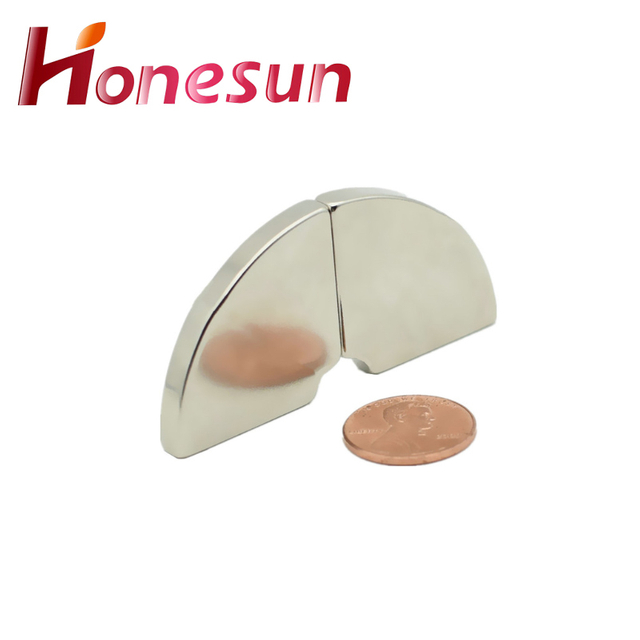
5.Can 13mm neodymium magnet be used in high-temperature environments?
Our 13mm neodymium magnet products undergo strict quality control to ensure customer satisfaction. No, neodymium magnets are not suitable for use in high-temperature environments. They can become permanently demagnetized if exposed to temperatures above their Curie temperature, which is typically around 80-200°C (176-392°F).
6.About 13mm neodymium magnet customization services
Neodymium magnets are a type of rare earth magnet that is made from an alloy of neodymium, iron, and boron. They are the strongest type of permanent magnet available and are used in a variety of applications, from consumer electronics to industrial machinery. Neodymium magnets can be customized to meet specific requirements, such as size, shape, and strength. Customization services can include machining, coating, and assembly. Customized neodymium magnets can be used in a variety of applications, including motors, sensors, and medical devices.
7.About the development history of 13mm neodymium magnet factory
Neodymium magnets were first developed in the early 1980s by General Motors and Sumitomo Special Metals. The magnets were made from an alloy of neodymium, iron, and boron. This alloy was found to be much stronger than traditional ferrite magnets, and could be used to create much smaller and more powerful magnets. Since then, neodymium magnets have become increasingly popular and are now used in a wide variety of applications, from consumer electronics to industrial machinery. The development of neodymium magnets has also led to the development of specialized factories that produce these magnets. These factories use a variety of processes to create the magnets, including sintering, hot pressing, and injection molding. The magnets are then tested for quality and strength before being shipped to customers.
8.How are 13mm neodymium magnet used in medicine?
We have established long-term and stable partnerships with our suppliers, so we have great advantages in price and cost and quality assurance. Neodymium magnets are used in medicine for a variety of purposes. They are used in Magnetic Resonance Imaging (MRI) machines to create a strong magnetic field that can be used to create detailed images of the body. They are also used in Magnetic Resonance Angiography (MRA) to create images of blood vessels. Neodymium magnets are also used in Magnetic Particle Imaging (MPI) to detect and image magnetic particles in the body. Finally, they are used in Magnetic Hyperthermia Therapy (MHT) to heat up cancerous cells and destroy them.
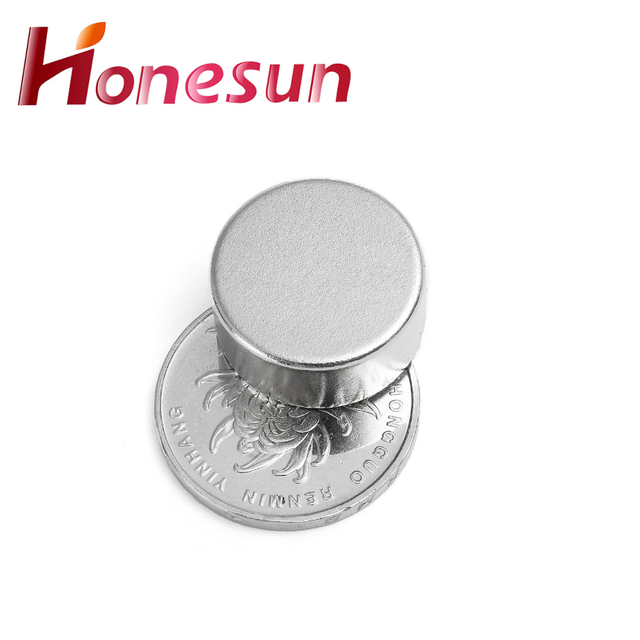
9.About 13mm neodymium magnet production management system
Neodymium magnets production management system is a software solution designed to help manufacturers of neodymium magnets manage their production processes. The system provides a comprehensive set of tools to help streamline production, from tracking orders and inventory to managing quality control and production scheduling. It also provides detailed reporting and analytics to help manufacturers make informed decisions about their production processes. The system is designed to be user-friendly and intuitive, allowing users to quickly and easily access the information they need.
10.Are there any health risks associated with 13mm neodymium magnet?
We adhere to the principle of quality first and have a complete production quality management system and quality inspection process. Yes, there are some health risks associated with neodymium magnets. If swallowed, they can cause serious injury or even death. They can also pinch skin and cause cuts or bruises if handled improperly. Additionally, they can interfere with pacemakers and other medical devices.
11.Can 13mm neodymium magnet be magnetized in different directions?
Yes, neodymium magnets can be magnetized in different directions. This is done by using a special magnetizing tool that applies a magnetic field in the desired direction.
12.Are 13mm neodymium magnet used in electric vehicles?
Yes, neodymium magnets are used in electric vehicles. They are used in the electric motors that power the vehicle, as well as in the batteries that store the energy. Neodymium magnets are also used in the regenerative braking systems of electric vehicles, which help to capture and store energy that would otherwise be lost as heat.
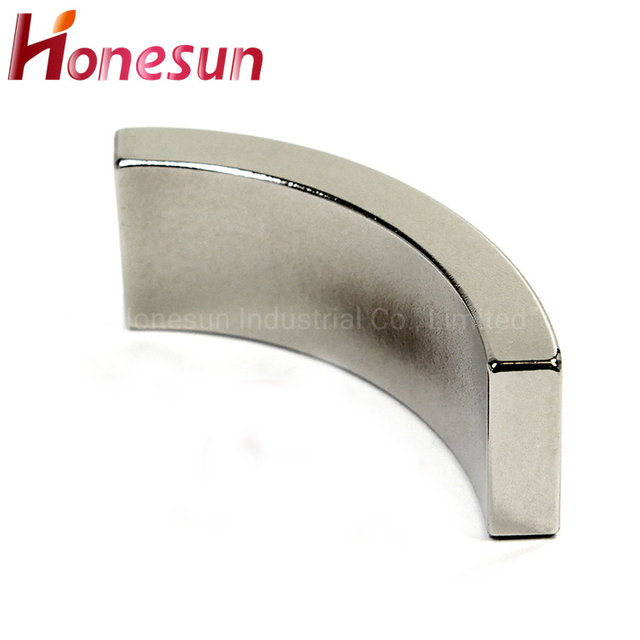
13.What types of coatings are used on 13mm neodymium magnet?
Our mission is to provide customers with the best solutions for 13mm neodymium magnet. Neodymium magnets are typically coated with a protective layer of nickel, copper, or zinc. Nickel plating provides the best corrosion resistance, while copper plating provides the best electrical conductivity. Zinc plating is the most economical option and provides good corrosion resistance.
| Product Name | 13mm neodymium magnet |
| Material | Neodymium (Nd), Iron (Fe), and Boron (B) |
| Size | Customized size |
| Shape | Customized (block,Disc,Cylinder, Bar, Ring,Arc,Countersunk, Segment, hook) |
| Coating | Customised (Ni, Zn, Epoxy, Gold, etc.) |
| Size tolerance | ±0.05mm for diamater / thickness, ±0.1mm for width / length |
| Density | 5.6-8.8g/cm³ |
| Magnetization | Thickness Magnetized, Axially Magnetized, Diametrally Magnetized |
| Applications | Neodymium(NdFeB) Magnet are widely used in many fields, such as motors, sensors,microphones, wind turbines, wind generators,printer, switchboard, packing box , loudspeakers, magnetic separation, magnetic hooks, magnetic holder, magnetic chuck, ect. |



1.How do you recycle 13mm neodymium magnet?
We focus on our customers' needs and strive to meet their expectations, so we take this very seriously. Neodymium magnets are not typically recycled, as they are made from rare earth metals and are difficult to separate and process. It is best to reuse them or donate them to a local school or organization that can use them.
2.About 13mm neodymium magnet origin
Neodymium magnets, also known as rare earth magnets, are the strongest type of permanent magnet available. They were first developed in the 1980s by General Motors and Sumitomo Special Metals. Neodymium magnets are composed of an alloy of neodymium, iron, and boron, and are used in a wide variety of applications, including motors, generators, hard drives, and speakers.
3.Can 13mm neodymium magnet be used for magnetic data storage?
No, neodymium magnets cannot be used for magnetic data storage. Neodymium magnets are too weak to store data reliably. Magnetic data storage requires much stronger magnets, such as rare earth magnets.
4.What is the manufacturing process for 13mm neodymium magnet?
Our 13mm neodymium magnet products undergo strict quality control to ensure customer satisfaction. 1. Raw Material Preparation: Neodymium magnets are made from an alloy of neodymium, iron, and boron. The raw materials are melted together in a vacuum induction furnace to create a homogenous alloy. 2. Compacting: The molten alloy is then poured into a die and compacted under high pressure to form a solid block. 3. Sintering: The compacted block is then heated in a vacuum furnace to sinter the material, which increases its strength and magnetic properties. 4. Machining: The sintered block is then machined into the desired shape and size. 5. Magnetizing: The machined magnet is then magnetized by exposing it to a strong magnetic field. This process aligns the magnetic domains within the material, creating a permanent magnet.

5.Can 13mm neodymium magnet be used in high-temperature environments?
Our 13mm neodymium magnet products undergo strict quality control to ensure customer satisfaction. No, neodymium magnets are not suitable for use in high-temperature environments. They can become permanently demagnetized if exposed to temperatures above their Curie temperature, which is typically around 80-200°C (176-392°F).
6.About 13mm neodymium magnet customization services
Neodymium magnets are a type of rare earth magnet that is made from an alloy of neodymium, iron, and boron. They are the strongest type of permanent magnet available and are used in a variety of applications, from consumer electronics to industrial machinery. Neodymium magnets can be customized to meet specific requirements, such as size, shape, and strength. Customization services can include machining, coating, and assembly. Customized neodymium magnets can be used in a variety of applications, including motors, sensors, and medical devices.
7.About the development history of 13mm neodymium magnet factory
Neodymium magnets were first developed in the early 1980s by General Motors and Sumitomo Special Metals. The magnets were made from an alloy of neodymium, iron, and boron. This alloy was found to be much stronger than traditional ferrite magnets, and could be used to create much smaller and more powerful magnets. Since then, neodymium magnets have become increasingly popular and are now used in a wide variety of applications, from consumer electronics to industrial machinery. The development of neodymium magnets has also led to the development of specialized factories that produce these magnets. These factories use a variety of processes to create the magnets, including sintering, hot pressing, and injection molding. The magnets are then tested for quality and strength before being shipped to customers.
8.How are 13mm neodymium magnet used in medicine?
We have established long-term and stable partnerships with our suppliers, so we have great advantages in price and cost and quality assurance. Neodymium magnets are used in medicine for a variety of purposes. They are used in Magnetic Resonance Imaging (MRI) machines to create a strong magnetic field that can be used to create detailed images of the body. They are also used in Magnetic Resonance Angiography (MRA) to create images of blood vessels. Neodymium magnets are also used in Magnetic Particle Imaging (MPI) to detect and image magnetic particles in the body. Finally, they are used in Magnetic Hyperthermia Therapy (MHT) to heat up cancerous cells and destroy them.

9.About 13mm neodymium magnet production management system
Neodymium magnets production management system is a software solution designed to help manufacturers of neodymium magnets manage their production processes. The system provides a comprehensive set of tools to help streamline production, from tracking orders and inventory to managing quality control and production scheduling. It also provides detailed reporting and analytics to help manufacturers make informed decisions about their production processes. The system is designed to be user-friendly and intuitive, allowing users to quickly and easily access the information they need.
10.Are there any health risks associated with 13mm neodymium magnet?
We adhere to the principle of quality first and have a complete production quality management system and quality inspection process. Yes, there are some health risks associated with neodymium magnets. If swallowed, they can cause serious injury or even death. They can also pinch skin and cause cuts or bruises if handled improperly. Additionally, they can interfere with pacemakers and other medical devices.
11.Can 13mm neodymium magnet be magnetized in different directions?
Yes, neodymium magnets can be magnetized in different directions. This is done by using a special magnetizing tool that applies a magnetic field in the desired direction.
12.Are 13mm neodymium magnet used in electric vehicles?
Yes, neodymium magnets are used in electric vehicles. They are used in the electric motors that power the vehicle, as well as in the batteries that store the energy. Neodymium magnets are also used in the regenerative braking systems of electric vehicles, which help to capture and store energy that would otherwise be lost as heat.

13.What types of coatings are used on 13mm neodymium magnet?
Our mission is to provide customers with the best solutions for 13mm neodymium magnet. Neodymium magnets are typically coated with a protective layer of nickel, copper, or zinc. Nickel plating provides the best corrosion resistance, while copper plating provides the best electrical conductivity. Zinc plating is the most economical option and provides good corrosion resistance.
Honesun Industrial Co., Ltd. focuses on designing, researching, developing, manufacturing and selling Magnets and Magnetic Assemblies. With more than 15 years' rich experience and considerate services.we have been recognized as a reliable.



